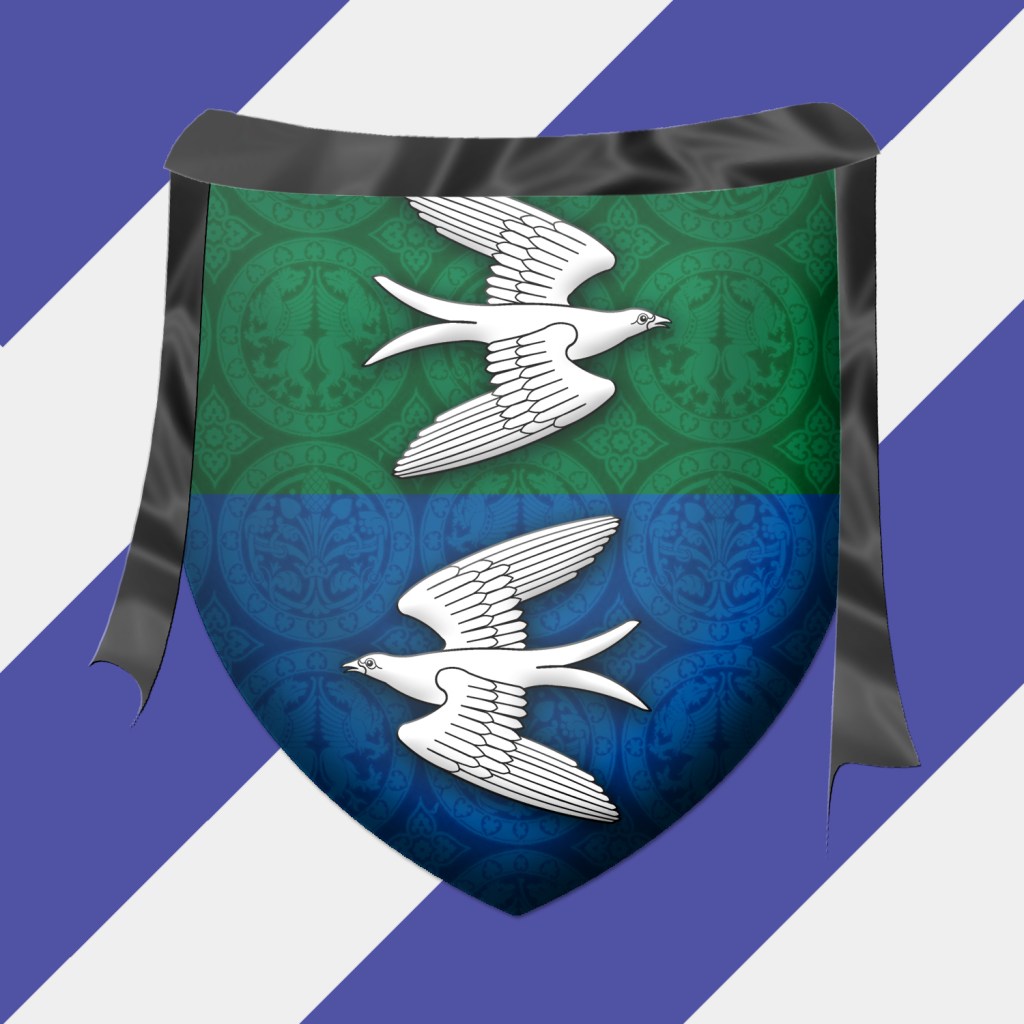
This post has been in the wings for a bit. It was not easy for me to write and I kept putting it off.
Oh March 18th, 2023, The Honorable Lord Gieffrei de Toesni, known as Jeff the Moneyer, Order of the Maunche and Order of the Silver Crescent of the East Kingdom, beloved populace of Trimaris and former populace of Caid and Atlantia, passed from this mortal coil after a short but fiery war with a rare, aggressive form of cancer found only 8 months prior. He was two weeks sky of turning 42 years old. I was by this side when he took his last breath, as our adopted daughter Aethelflied Brewbane felt his heart stop, and as Konstantia Kaloethina held my hand.
Aethelflied, a death doula, and I performed the sacred post-mortem, clothing him in a shroud made from his Manazan tunic and trimmed in fine Sartor brocade silk that was to be used for his eventual elevation to Laurel or Pelican. We felt the warmth depart from his body as I poured a libation of Guinness beer into his mouth for one final time. Coins that he struck himself were placed over his eyes to pay Charon so that he may cross the River Styx. We did shots of Jameson in the hospice room, that, ironically, was decorated with swallows.
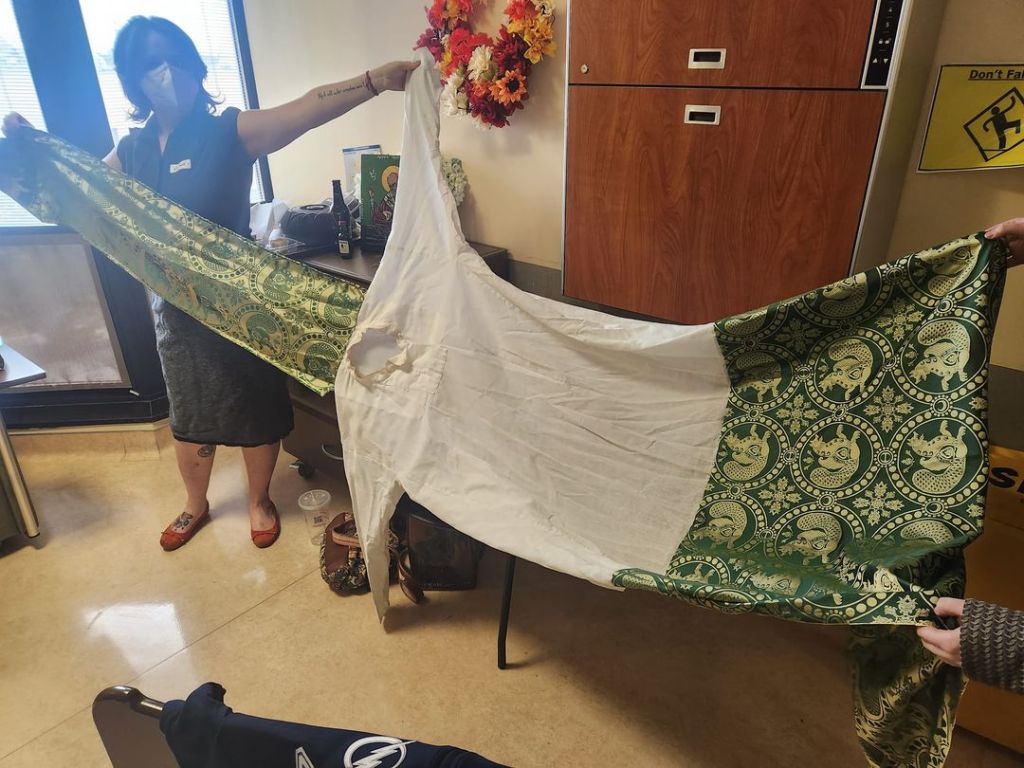
We cried hysterically as his body was wheeled out under the American flag to Taps, the only ones who came to watch his service to the nation end. The next day was filled with the usual chaos following any death: The funeral home arrangements, people bringing us food to my parents’ house to comfort myself, my immediate family, and his, who were in town but couldn’t bear to spend another day watching him waste away in a hospice bed. The Navy showed up, of course, and the paperwork to ensure I wouldn’t be starving for the rest of my life was completed while Aethelflied and Konstantia took messages for me.
…within hours I had people asking for his belongings, both mundane and SCAdian.
This is not uncommon with death, unfortunately, in fact I was regaled with horror stories of people breaking into homes while families sat shiva or church “friends” putting stickers on items around a home to claim them. But this was maddening. His VW Beetle was the top request, followed by his moneying materials, a certain tunic, or drinking horn, or or or, the list goes on.
I stared at my messages in disbelief, especially since I had asked for peace and privacy. How could people who are part of a club that purports grace, chivalry, and courtesy be so selfish? Didn’t I have enough on my plate?
Facebook accounts were blocked, text messages were responded to with vitriol, and we made the decision that when we emptied storage that someone with a concealed weapons permit should be present.
“He would have wanted me to have this.”
I’m sorry, who are you again?
The tent is still in storage. So is the bug, so is everything, because it takes time to liquidate a life, and I should be granted time to mourn with those that came to support me, not watching best friends of mine telling random people I haven’t spoken to in five years to screw. It was awful and disheartening, but it didn’t stop there.
“You need to come to Pennsic.” There was no asking, “You need to come to Pennsic. We’ll put up the tent for you, just bring garb. His arms need to be on the boat.”
It was less than 24 hours after he passed. I became anxious and mortified that plans were being made for me, and him, without my consent. I eventually just started replying to every message with a single “No.” And left it at that. I imagined being confined to a room without a door, but shadows of people banging on the walls and windows to be let in. It was insane. It was unkind, and I don’t think I will ever mentally recover from any of this.
Again, this is not limited to the SCA, but I didn’t have any of his Navy shipmates reaching out for his things. If anything, they were the first to send monetary aid or gift cards for food, laundry services, and groceries.
My immediate family lives the next county over, so it’s not like they’re distant, but not close enough for daily help. I was told to go stay with my parents. I refrained. I figured I needed to get this over with sooner than later.
Ever see a cat grieve? Oh my god. My poor Harald. He hid in my craft room for 3 months, coming out for food, pets, and the occasional bit of attention before sequestering himself in there on a cat bed, sleeping the day away and not grooming himself.

For 2 weeks after I hid in my house, trying to catch back up on schoolwork that I was floundering on as a result of his sudden turn and passing, and trying not to fail out of my PhD program. I made plans to go to Malta for an archaeological dig, and then some additional time in Europe visiting friends in Germany. I’d be gone for a full month abroad, making Pennsic not possible. This made people angry. Those people got blocked. My non-SCA best friend who I’ve known longer than anybody other than my parents helped me do the big cull of Jeff’s mundane clothing and objects, and reminded me to take care of myself. His SCA life started to slowly disperse across the SCAverse.
My grief is not something to display like heraldry. My grief is my own. And while I invite all to grieve with me of course, I knew damn well that I would be paraded around like some dark royalty and I didn’t want, or need that. To be honest, I don’t know when I will ever return to Pennsic. I don’t want to at the moment. The pictures are destroying me, especially of those around my camp and the surrounding blocks.
He will not be there.
The bar will not be there.
The tent will not be there.
Everything that made Pennsic “ours” is gone. There is no more “us”, it is only “me”. And that is a loneliness that not even a two week event of 10,000+ people can fill. It’s not that I can’t do it, of course, I’ve solo-Pennsic’d and evented many times considering his Navy career, but I don’t want to. Because I know it won’t be the same. I know that by the time I finally make it back, some jerk will tell me to stop crying and get over it, because they haven’t yet discovered that grief is a non-linear menace.
I need to sell the round tent, it’s too big for just me and I don’t have the means to transport it, but I know that people are waiting for me to just give up and offer it for free. I also want to be picky about who I sell it to, which just makes it worse. I almost want to keep it out of spite, but I don’t have the space. It’s still in storage in Virginia, with our bar, his armor, and a full ¾ of our SCA life I haven’t been able to get to yet. I won’t be telling anybody when I get up there to empty it. Hell, aside from the car, I may even just make that my final Navy move, bring everything to Florida, and deal with it when I can despite the cost of storage.
I need to sell the flatbed trailer, because I’m not getting an SUV or truck anytime soon that will allow me to tow it. I’ve already given his truck to my brother who desperately needed a car. Again, someone is just going to wait for me to give it up for free. I may as well sell it for scrap. The VW has a home.
(Do not, and I mean, DO NOT, dare message me asking to purchase any of these things. When they are listed on public sites like SCA yard sale, that is your chance.)
His tools are all going to people I have chosen specifically to receive them. His scribal kit is now mine. His armor will forever be enshrined on a stand in my living room.
I sold a great deal of his garb to newcomers at Trimaris Memorial Tourney (Spring Crown), it gave me a significant amount of spending money to bring to Malta, which I figured I would use to treat myself to something nice.
The month abroad didn’t provide me with the reset it craved, because every piece of ancient and medieval architecture I took in reminded me of him. The cancer center calling me at 9pm CEST because insurance was playing chicken made it even worse. My mental exhaustion coupled with the physical exhaustion of excavation weakened my immune system and the medieval experience I craved became a little too real when I contracted a superbug version of shigella, or dysentery. Considering my affinity for hand wipes and washing, we have no idea where I picked it up other than careless preparation of food or a momentary encounter in a busy airport. This destroyed the relaxing week I had planned in Germany, and a 2-week recovery back in the states that resulted in an additional ER visit for fluids. I still haven’t fully recovered from the severe dehydration and inflammation, and it’s been nearly a month.
All I wanted was some peace, and I wasn’t even granted that. I am now tasked with moving to a new apartment while fighting with receiving his benefits so I can afford it. It’s not a lot, I will never not have a job, and I am not permitted to get married again until I’m over the age of 55. All this, and I keep getting asked why I’m not at Pennsic. The world does not stop for the SCA.
Two days before I departed for Malta, King Hans of the West died suddenly, and I watched the whole thing go down again, but knew better than to reach out to Duchess Helga or Queen Ciar. They asked for privacy, and I would give it to them for as long as they wished, knowing damn well that people were ignoring that.
When you play in a game that is 50% popularity contest, when you attain peerage, when you run a blog and become a favorite personality among people, you become a celebrity, and while this can be great fun, in the worst cases, it’s jarring and uncomfortable, and I wish more people understood this.
It doesn’t matter how many people want to talk to you or send thoughts, the death of my husband is the single loneliest experience I have every felt in my life because that’s what grief does. Period. Full stop. For every person that told me I was strong, I wanted to counter with a punch in the face. For every person that offered me “moral support” instead of coming over to do my laundry, I wanted to punch in the face. For every person that sent me “thoughts and prayers” instead of Doordash I wanted to punch in the face, and so on. I wish I could explain this, because none of these folks did anything wrong, and their words were not necessarily empty, they were just at a distance and a loss of what they could do to help, but all I could muster in return was a shallow “thank you”, and manifestations of anger unlike anything I’ve ever felt before. Plenty of people helped, I always had food on my plate, gas in my car, and the rent was paid, but it didn’t stop the loneliness. Once the guests that were here for the small backyard wake we had left, the silence was deafening. Jeff’s arms from the Memorial Shield Project disappeared from accounts on Facebook, and life continued.
Jarring and uncomfortable.
I am going to post the Ring Theory for those that need to read about it. I think it’s important not just in the case of the SCA, but also for anybody who is experiencing a traumatic event, especially death.

https://psychcentral.com/health/circle-of-grief-ring-theory
Grief is non-linear. I am not better now than I was in March, and Pennsic wasn’t going to fix that. I am not going to be okay ever again, and you know what? THAT IS OKAY TOO. I am never not going to be grieving Jeff, and the life we had and the one we had planned. He was a year from retiring from the Navy, and the adventures were being planned. This summer, we had a hopeful pipe dream of going to the UK and hiking the Pilgrim’s Way from Southwark to Canterbury. Instead I’m moving to a new apartment paying $600 more a month so I don’t have to look at the cancer center and VA hospital every day when I leave the house. I will never not miss our crazy projects, his ADHD explosions of SCA crafts all over the house (which honestly used to make me lose my mind) and his greasy smile after a day of working on the Bug. I will never not miss watching our favorite shows together, I have yet to finish the Mandalorian’s most recent season and don’t know if I’m ready to yet. I don’t know how to fix the 3D printers properly. I won’t miss the screaming at each other we did before each Pennsic, but I will miss the cool dewy nights at our camp bar or cuddling on our bed in the tent, looking up at the kaleidoscope of blue and green of our colored canvas as the sun rose at events in three different kingdoms. I’m going to miss our hiking trips into national parks and marveling of the natural beauty of the US. I’m going to mourn the future that was taken from me for as long as I need to. One day, I will see our tent somewhere else. It will hurt, but I know it’s bring someone joy, the same joy Jeff had when he ordered it in his colors.


Be gentle to those you know in the SCA that have experienced loss. Give them the space they ask for. Help them when they ask. Don’t assume you will be given anything of the deceased’s belongings and keep your tantrums about it to yourself. The bereaved are not your jewelry, do not wear them at events, instead, make sure they’re eating, drinking, and that vultures and collectors are kept at bay.
A medieval village would come together in times of crisis to help their community, the SCA should be doing the same.
Jeff’s time in the SCA is not finished. His ashes are with me, and his art and service will continue in different forms inspiring others.








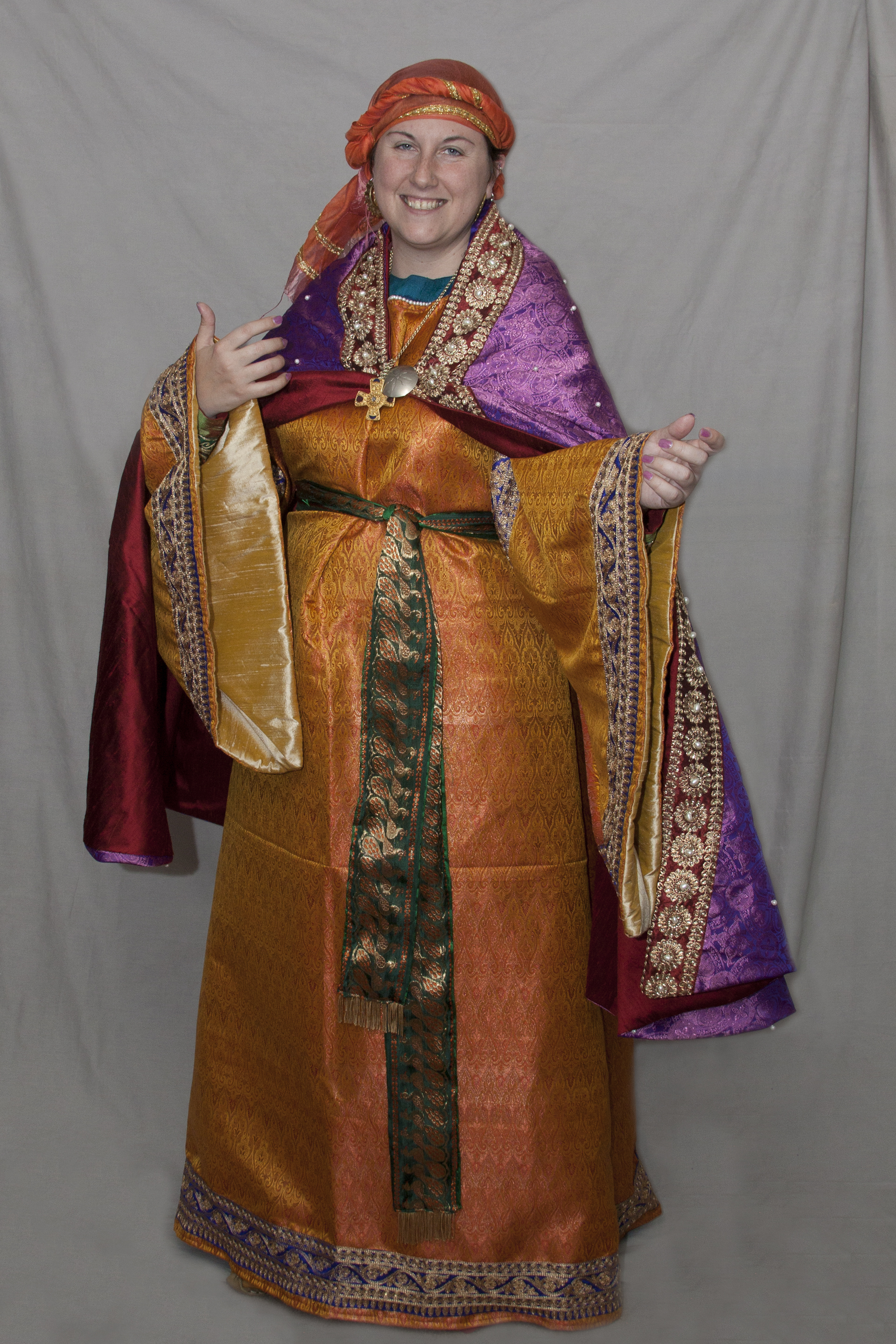







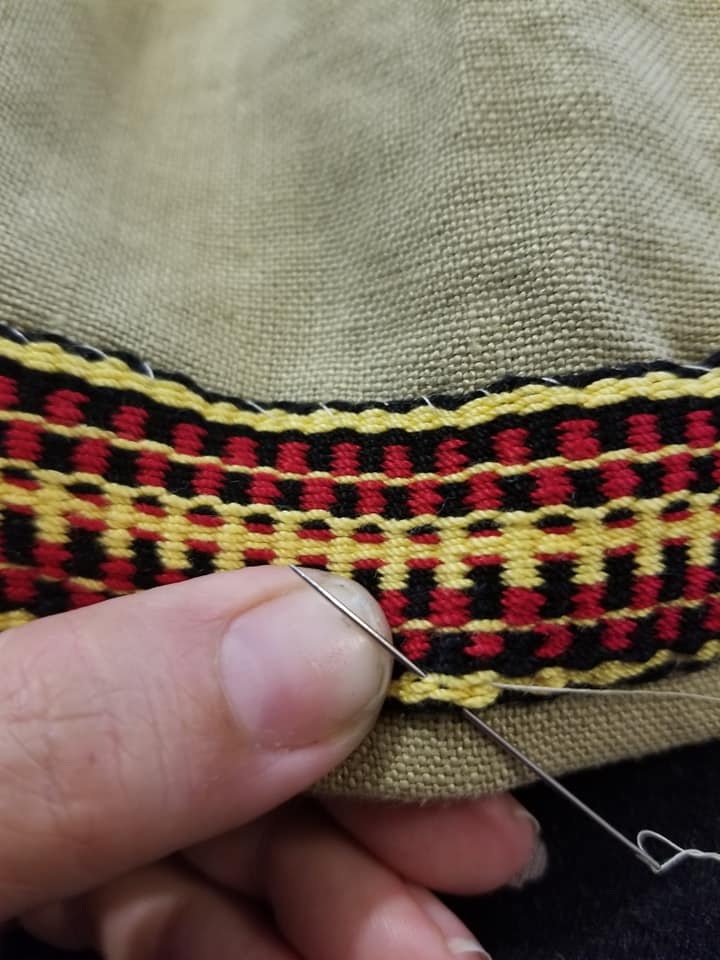
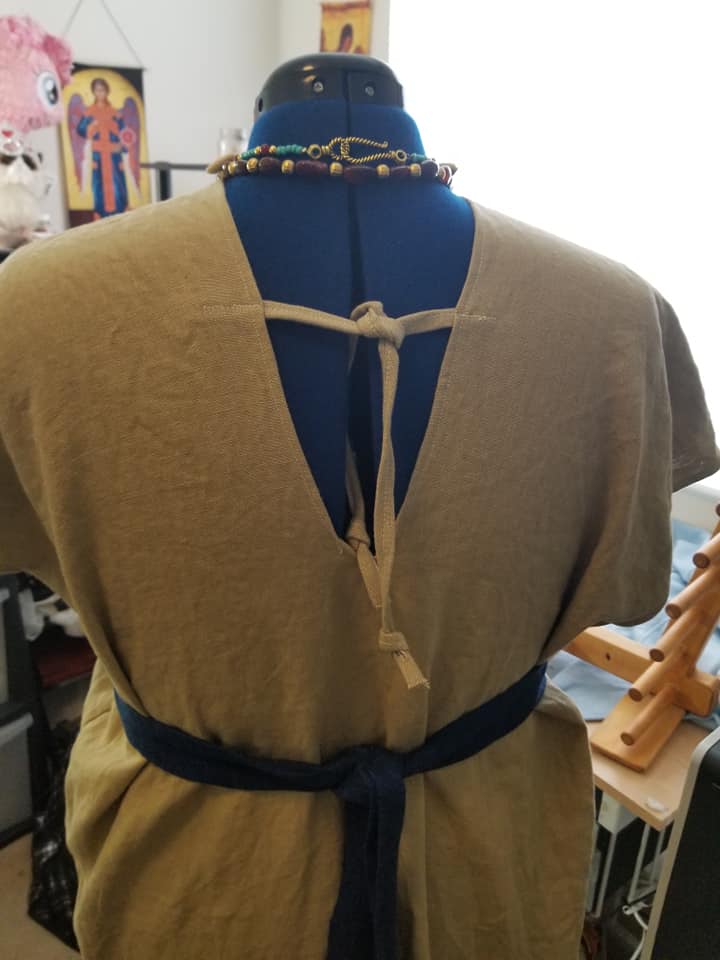




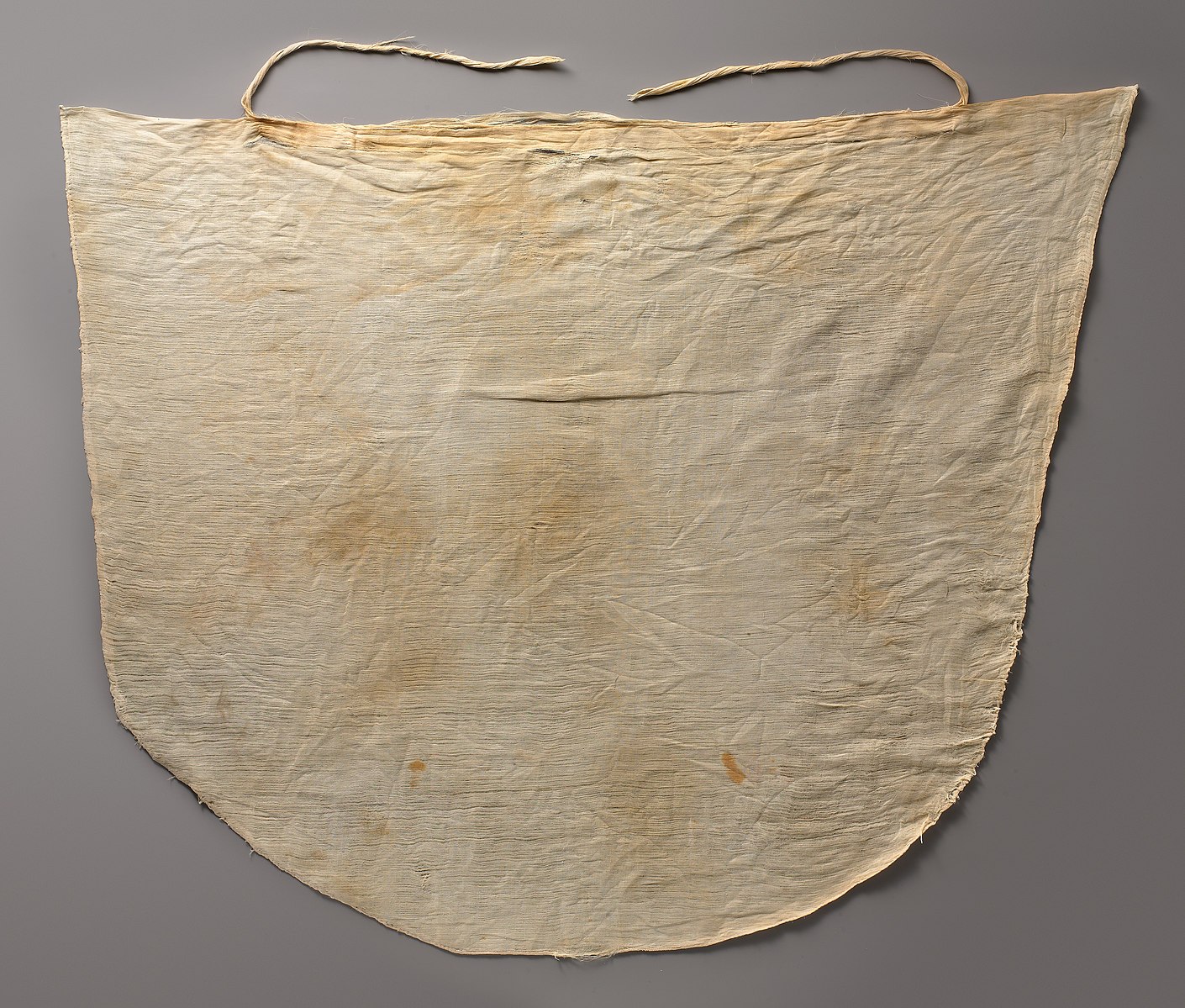








You must be logged in to post a comment.